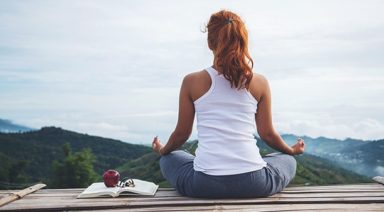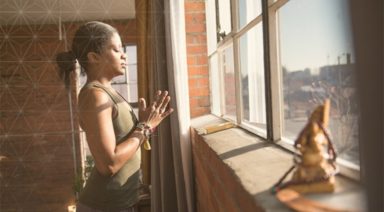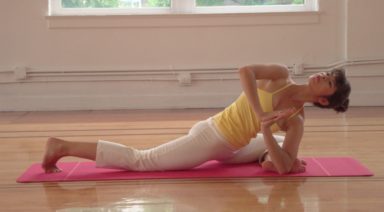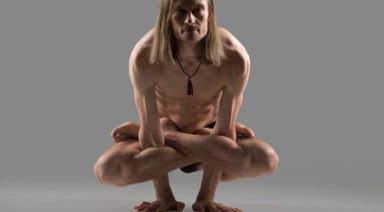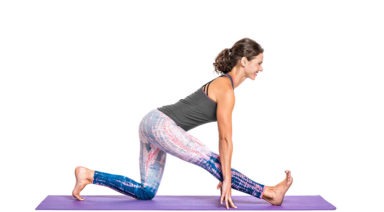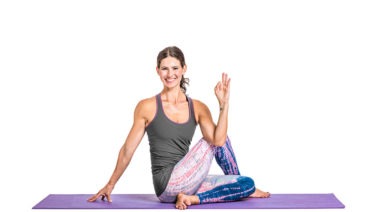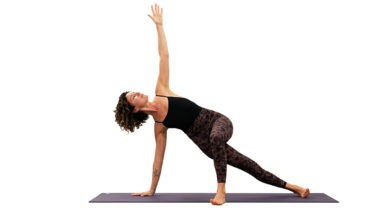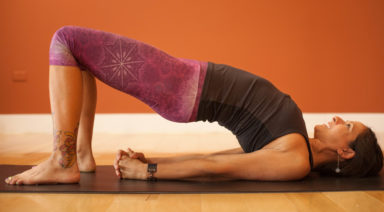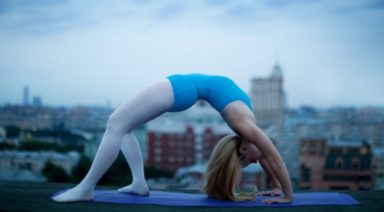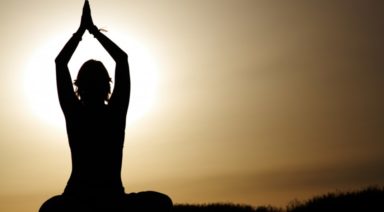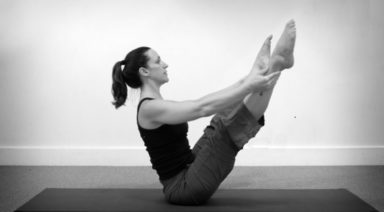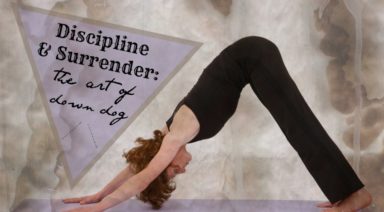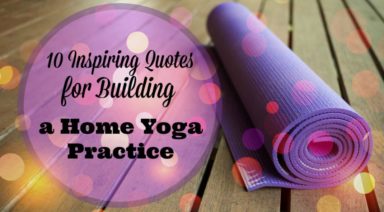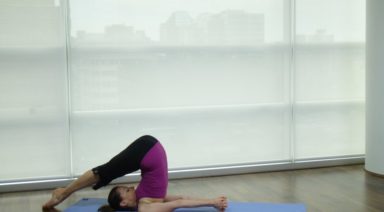8 Ways to Be Your Own Guru

No matter how we define a teacher or a guru—an expert, an enlightened person, or someone who challenges us to look at our own limiting beliefs—they’re ways we look for wisdom outside of ourselves. These kinds of teachers are no doubt powerful. But the most powerful source of wisdom is within. How do we activate our own inner teacher—our own inner guru—so we always have someone there for guidance and support?
The most powerful source of wisdom is within you. This is what I help every single person I work with realize—that they are infinitely powerful and the only thing getting in the way of that is surface stuff. When we clear the surface, it’s like polishing a rough stone into a diamond. Suddenly, you’re crystal clear, knowing exactly where to go and what to do next.
The most important work I do with people is helping them access their own inner guru. Here are eight ways to access yours:
Talk less, listen more. You can hear or see exactly where to go and what to do next if you give yourself permission to trust the non-verbal part of your brain. We’re all intuitive, and one of the most scientifically proven ways to tap into it is to listen to the non-verbal part of your brain: your body.
Deactivate fear. Fear comes mostly in the form of worrisome thoughts. And these come from the verbal part of our brain—this part of our brain processes less information per second than the non-verbal part of our brain. In other words, worries are “less informed” thoughts.
Lean into peace. Wisdom and truth feel like relief, like a great letting-go. It’s a wonderful sensation of “Ah, this is such a nice place to rest.” Every time one of my clients hears from their inner guru, they feel a sense of great peace and presence.
Trust yourself. Practice trusting yourself with small things, something less consequential where the decision won’t have a huge impact, but a small one. Something like saying no to an invitation to an event you don’t want to go to. Worry and fear says things like, “She’ll be upset if I don’t go,” or “I won’t be invited anymore.” Peace says, “Do what’s right for you, trust yourself, and all will be well.” Usually what happens in these cases is that everything works out, and you end up getting even more invitations because people are drawn to your confidence and self-esteem.
Trust the universe. Practice opting out of doing something just because you think something like “What will happen if I don’t?” Yoga philosophy has a term called Ishvara Pranidhana that basically means surrender to the universe. It doesn’t mean we never do anything, but we can surrender our attachment to achieving a particular outcome, and through that surrender and non-attachment receive something even greater.
Build your intuition. Next time you want to hear from your inner guru and you’ve already listened to your body, listen for words or watch for symbols. I like to imagine a blank slate and ask a question like “What should I do next?” Sometimes I see a symbol. Other times I hear a word or phrase—things like “Rest,” “Play,” or “Go bigger.” Other times an entire scene unfolds.
Trust your body. Intuition is fun and can give us more information, but first and foremost the first line of wisdom is your body. Your body is constantly guiding you, through sensations of tension and angst or ease and presence. Hint: ease and presence usually means “Go this way!”
Lean into grace. Listening to the guidance of your inner guru leads to choices that create a life filled with less striving and more receiving. Taoists introduce us to the concept of Wu Wei, doing without doing. Through heart-centred action and trusting the universe, things happen with ease. Miracles occur. It was either Yogi Bhajan or Wayne Dyer, depending on which source you choose, who said: “I don’t believe in miracles, I depend on them.” It doesn’t matter who said it, it’s a universal truth, and one that you get to experience firsthand when you start listening deep and choosing to believe.
Much love, and good luck!
Enhancing your Yoga Practice with Journaling
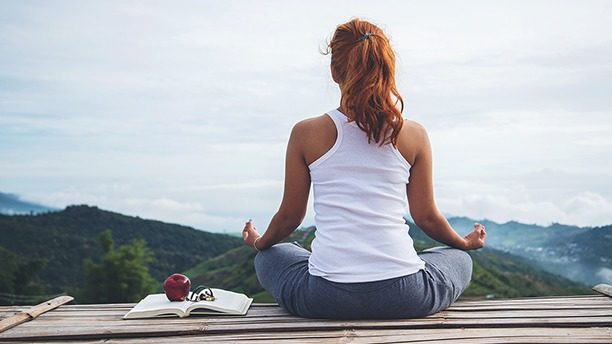
The art and practice of yoga promise many benefits to the practitioner, and the fruits of time spent on the mat are varied and innumerable. We experience these benefits in different degrees based on our dedication and commitment. Each of us has a gateway reason that initially brings us to the mat; typically, it’s something very broad like becoming more flexible or relieving stress. Inevitably over time, those reasons change, and the “get” from the practice becomes subtler, like raising consciousness or living more compassionately. No matter where you find yourself on the spectrum, there are tools that help to enhance the experience of Yoga, so the nectar of the practice is sweeter and more potent. Some of these tools require a hefty investment of time or resource and are therefore inaccessible to everyone, but other tools like the one we are talking about here are accessible to all. Journaling is a beautiful way to supplement and enhance your yoga practice—all you need is a pen, paper, and a few minutes of your day.
Why Journal?
Journaling is a simple sacred act that calls us to a place of exploration, curiosity, and revelation. You don’t have to be a professional writer to be a personal journalist. Writing helps to process and exfoliate the lives we lead and our thoughts about them. Journaling helps to strengthen the path for a deeper relationship with Self. This intimate art clears mental clutter and leaves a sense of spaciousness in its wake. It is detoxifying for the mind and cathartic for the heart. Journaling, unlike a lot of self-growth modalities, is relatively easy and doesn’t require a financial output. It necessitates no training, no physical capabilities, and there are no grades or performance criteria. It is one of the most open and forgiving therapeutic avenues available to us. The question should rather be: Why not journal? The benefits are limitless, and the outlay is small in comparison.
The Yoga/Journaling Connection
Yoga is so much more than movement; Yoga is the science of and relationship to the Self. The modern yogi doesn’t typically have time to devote all waking hours to the theory and practice of Yoga. We are blessed with such multifaceted lives that we tend to harbor boatloads of gunk that fog our ability to see and experience reality from a place of pure conscience. Because our human experience is so complex, having supplemental tools to support the yogic process is vital. Journaling is a beautiful and very personal way to expand upon our time on the mat. A yoga practice is full of “ah-ha” moments, and often, those precious nuggets of wisdom get lost because we roll up our mats and walk away without engaging with follow-up practices that give space to explore and provide roots for revelations.
Journaling 101
If you are new to journaling, the best way to get acquainted with the practice is by embarking on a daily stream of consciousness writing journey. This means that you sit down for five to fifteen minutes (or more!) and just write down what is flowing through your mind at that very moment. Don’t worry about punctuation, grammar, or making sense of anything; simply allow your thoughts to pour naturally through your hand to the paper. Don’t judge or choreograph the process; just write.

Writer’s Block
If you are finding that you sit down to journal, and nothing comes out simply be with the “nothingness.” Use it as an opportunity to meditate on the blockage. If you push past this place without recognizing it’s importance than you risk forfeiting some of the fertilizer that goes into the soil where you will eventually hope to grow. Everything exists for a reason, and we must honor what arises even if it feels unwelcome.




